Concrete wall sawing is a tough job that requires more than high-powered tools and concrete cutting skills. Common sense and a wise judgment are important factors in getting the job done successfully. These will save you and the people around you from accidents.
Concrete wall saws, more commonly known as track saws, are used to make precise cuts on vertical surfaces like concrete walls, precast concrete, and masonry structures. Typical applications for wall sawing include, bevel and flush cutting, fixture ready openings, HVAC installation, positioning predetermined cuts, reducing the height of walls, and making openings for doors, windows, and staircases.
A circular diamond blade is the main part of a track mounted machine that can make accurate vertical and horizontal cuts. If you need openings on horizontal walls and steep inclines, or at any particular angles, other concrete sawing methods and tools will not work. A diamond track saw is more versatile than flat saws and slab saws. Consider the do’s and don’ts of concrete wall sawing to ensure safety and successful completion of a task at hand.
DO’S
- Select the proper tools for the project. Corner cuts are the downside to concrete wall sawing because it’s hard to prevent over cutting using round blades. Other tools must be considered if aesthetics are a priority.
- Wear the required protective equipment for the job. Safety glasses, ear muffs, and rubber boots are a must. Certain projects may require respirators to protect you from lung diseases caused by airborne particles.
- Inspect the diamonds blades thoroughly before starting a task. Ensure that proper setup is a main priority.
- Follow the recommended blade diameter and other specifications for the materials to be cut. Also, remember that the larger the diamond blade is, the slower you should move it.
- Check if the flow of water is continuous to both sides of the diamond blade.
- Keep the blade guard properly secured in place while operating.
- Check pulleys for excessive wear and make sure V-belts are properly tensioned. Worn out pulleys and improper belt tension cause operating speed discrepancies and reduce the efficiency of diamond blades.
- In dry cutting, allow the blade to run free for 30-40 seconds to prevent overheating.
- Stay grounded while operating to prevent mishaps and ensure proper cutting methods. Keep body parts away from the blade’s rotation route.
- Perform periodic examination of blades for cracks and excessive wear. The steel center and segments are prone to cracks and segments underneath may be worn out.
DON’TS
- Don’t operate sawing equipment if you don’t have the essential skills and knowledge for the job. Concrete sawing requires heavy equipment that must not be operated without a safe lifting technique.
- Don’t forget to employ preventive safety measures no matter how simple the cutting job is to prevent accidents in the workplace.
- Don’t use a new saw blade or remount a used one if the core is not cracked or not flattened. It could indicate segment and arbor hole damage.
- Don’t make dry cuts using blades intended for wet cutting.
- Don’t start by making a deep cut on the first pass. Concrete cutting operators must begin with an up-cut.
- Don’t operate diesel or gasoline-powered saws in areas without proper ventilation.
- Do not operate without a safety mask in dry cutting and wall drilling. Drill bits are great dust makers and debris can hurt your eyes or cause damage to your lungs.
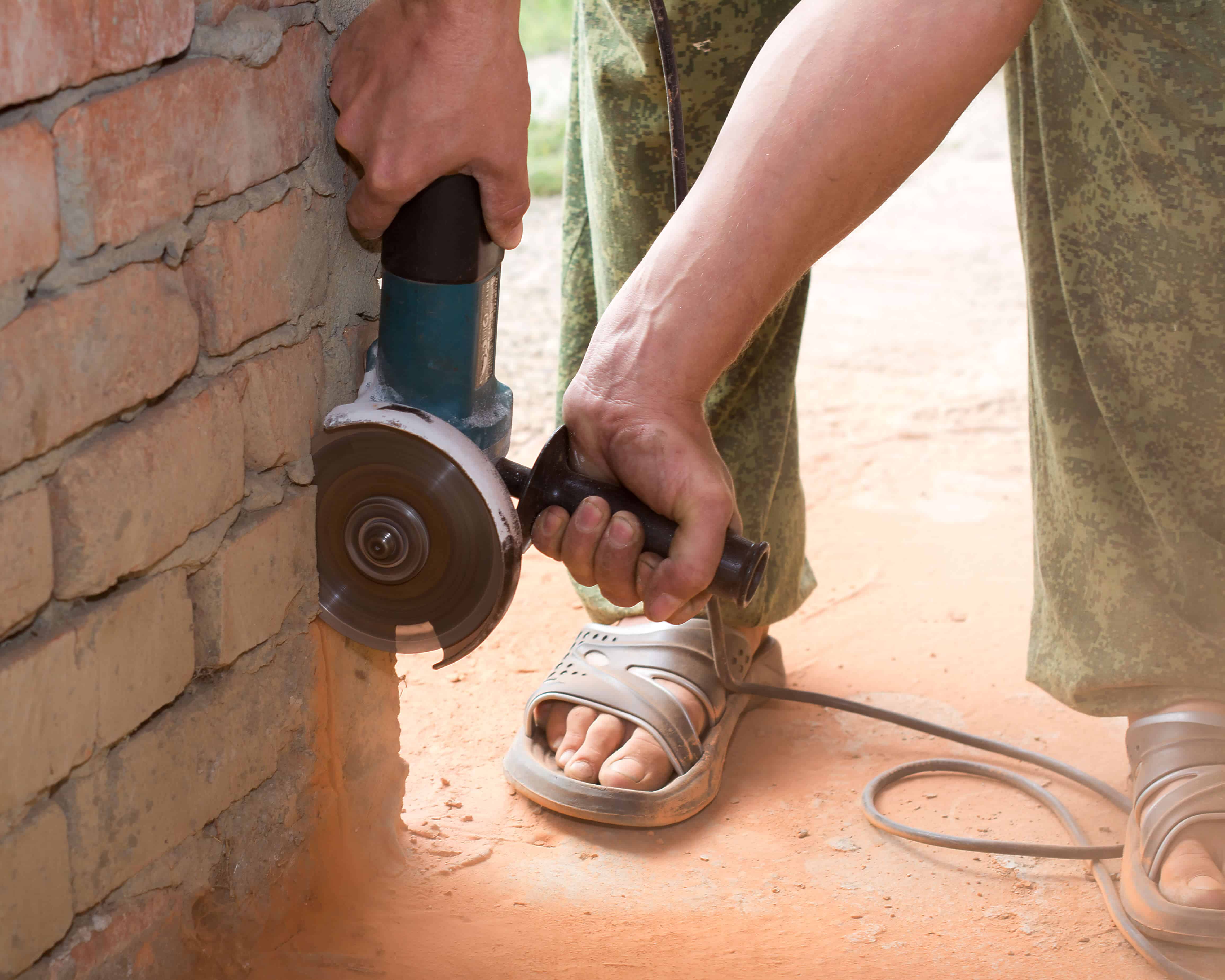
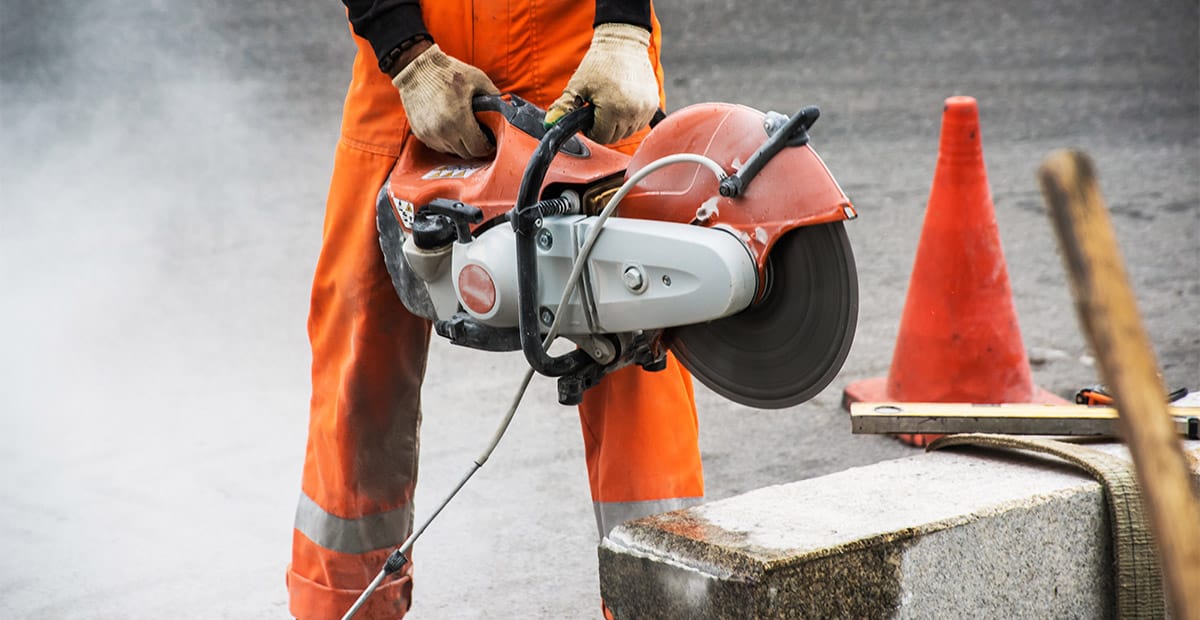
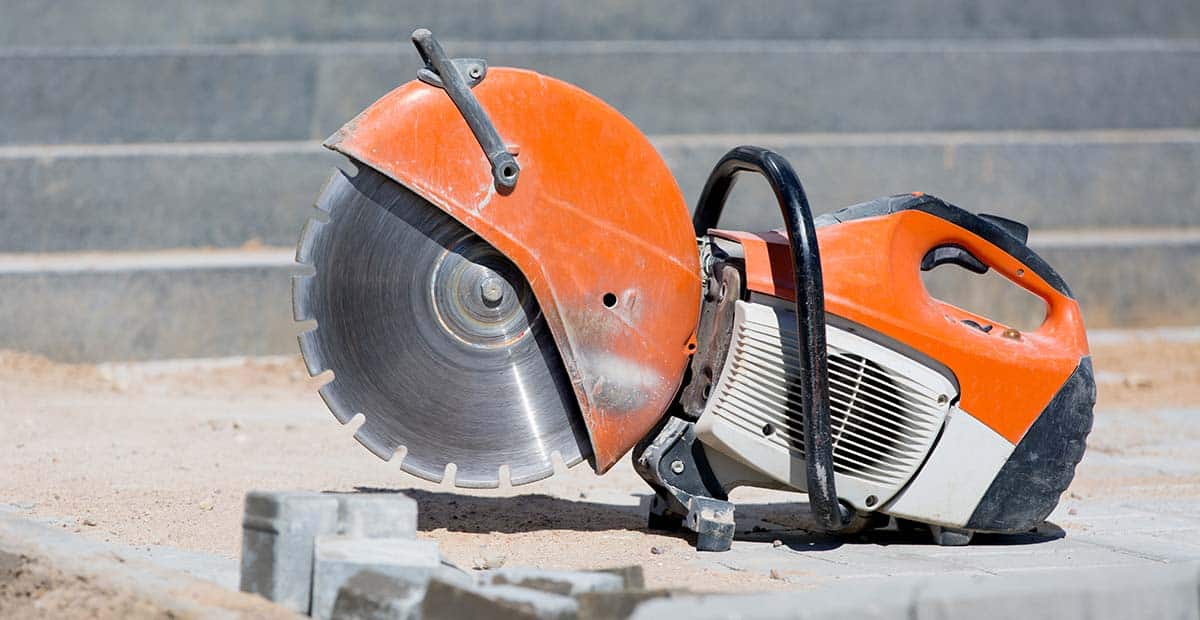
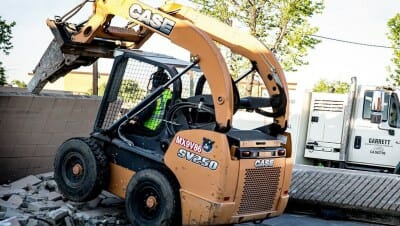

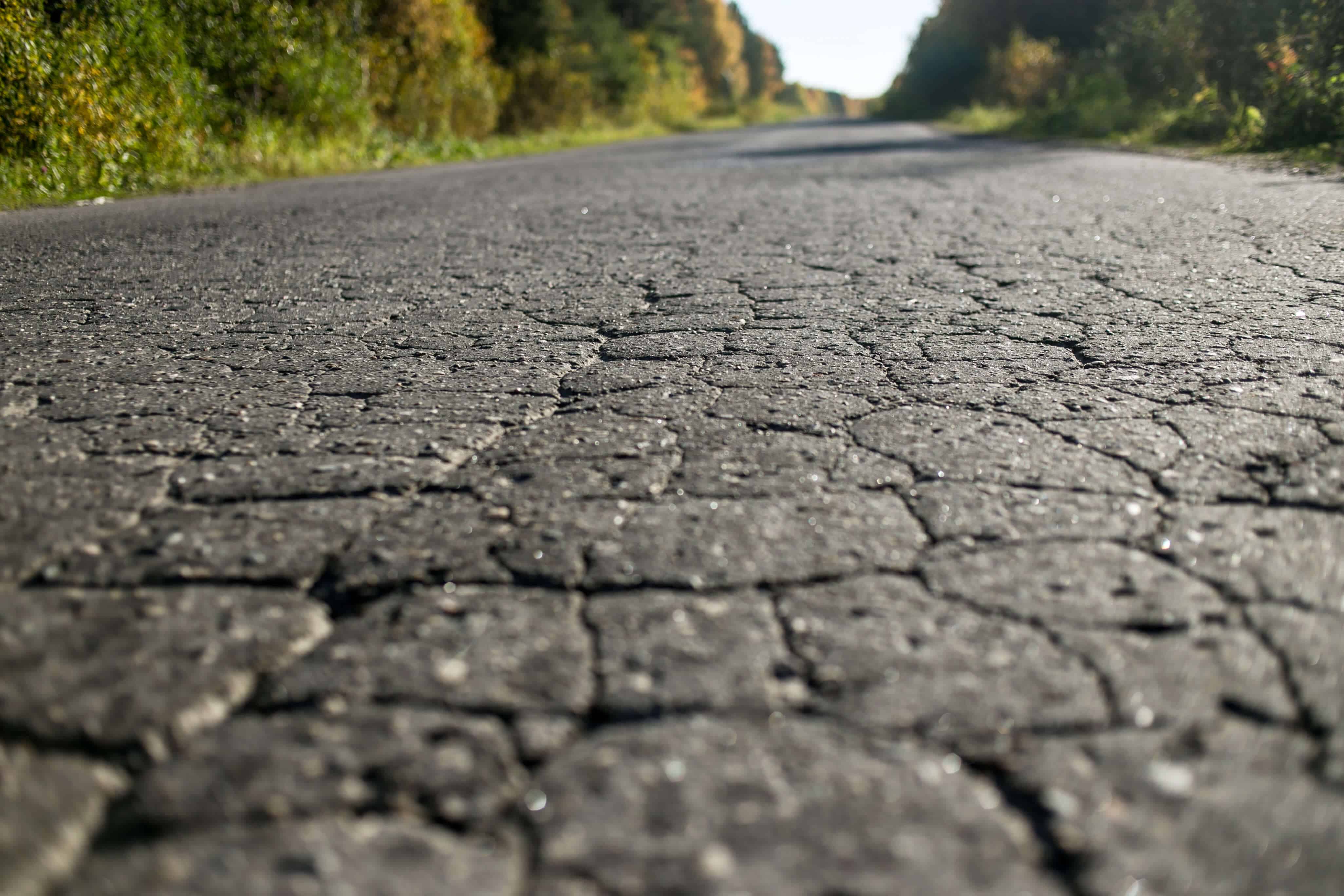
Leave A Comment